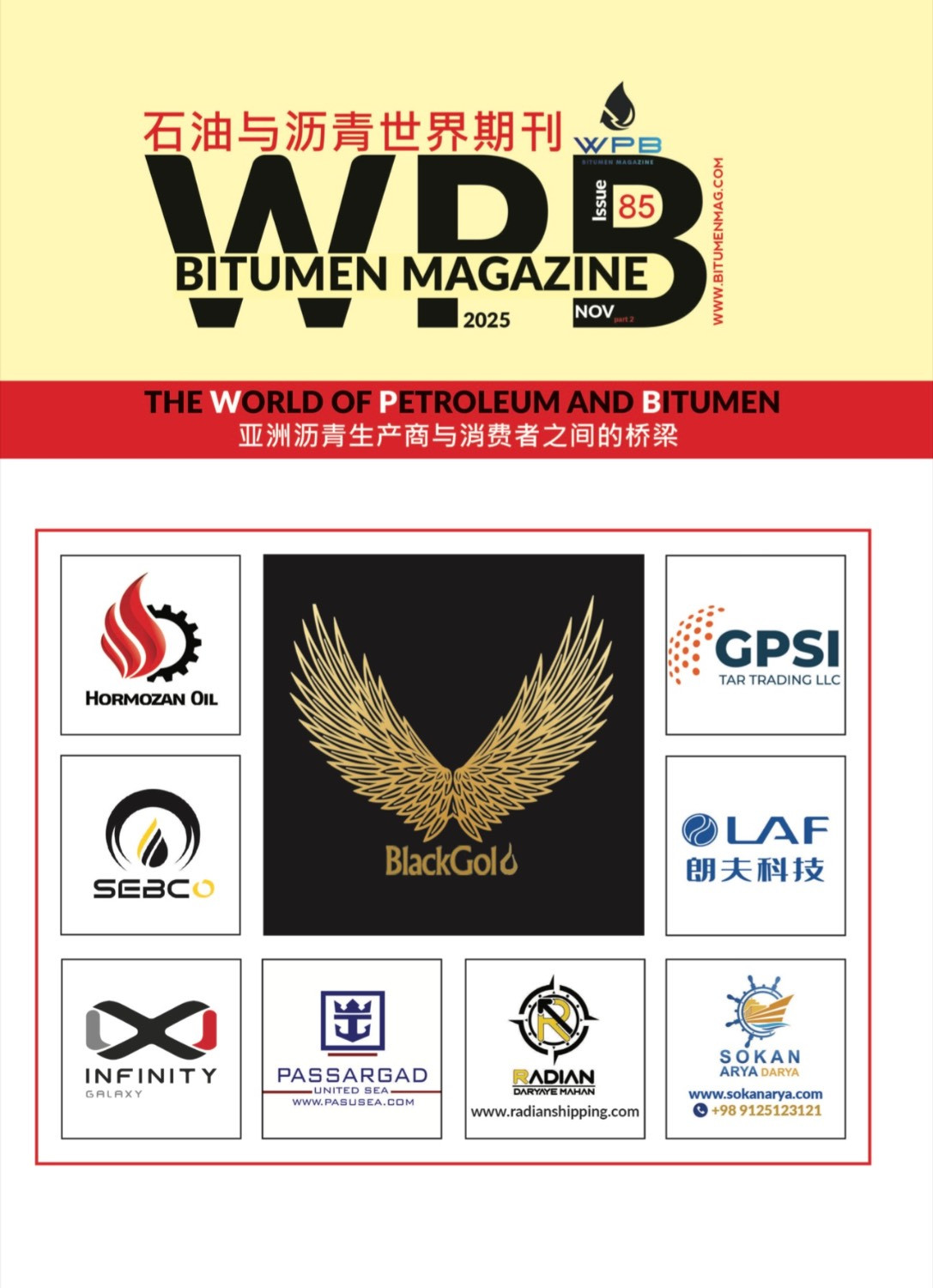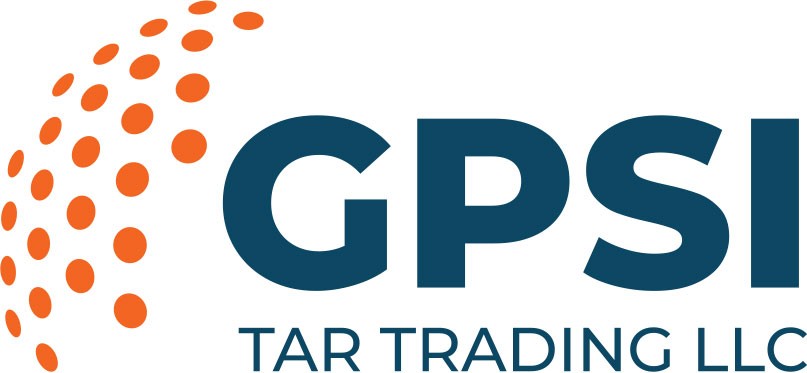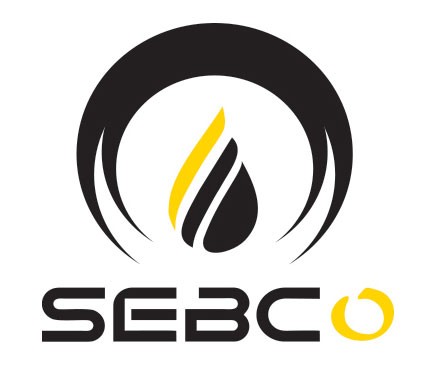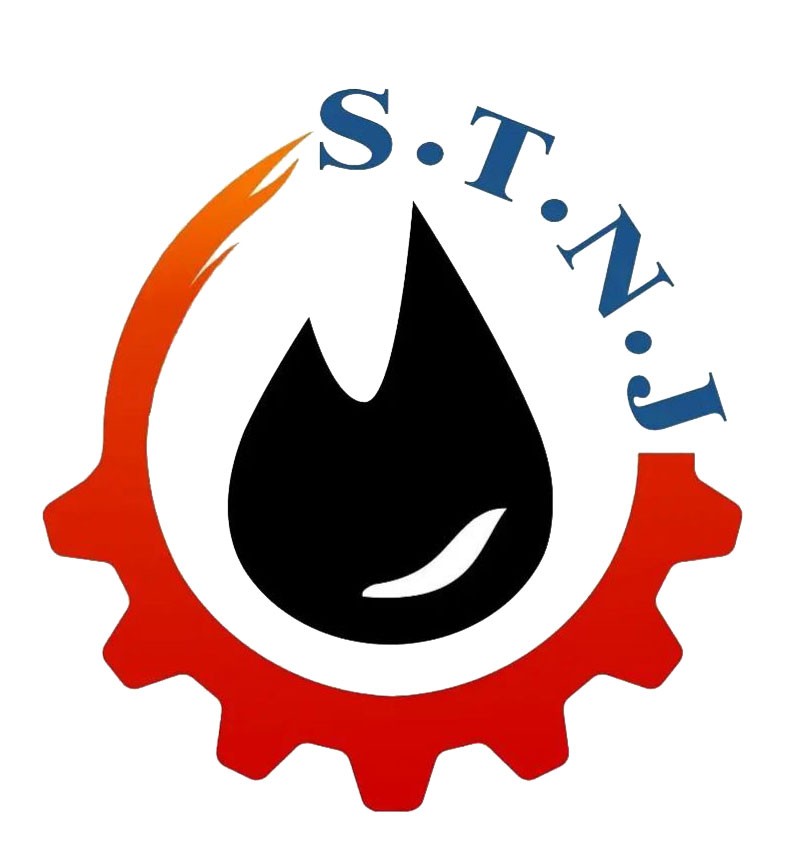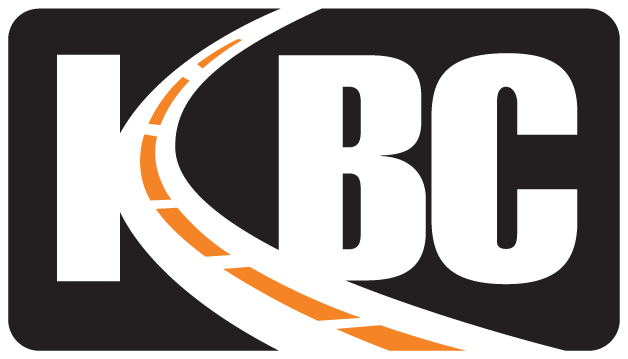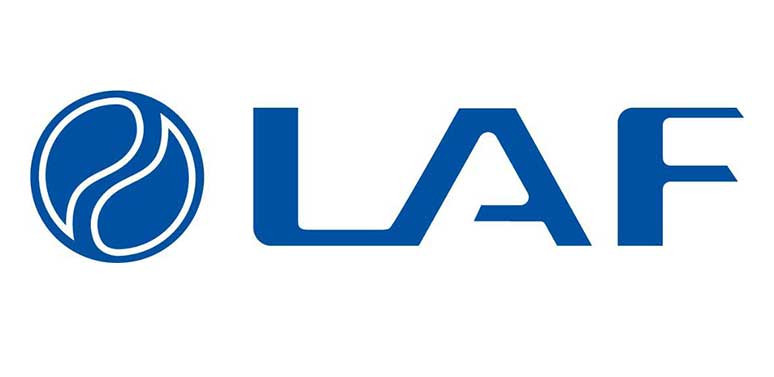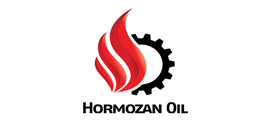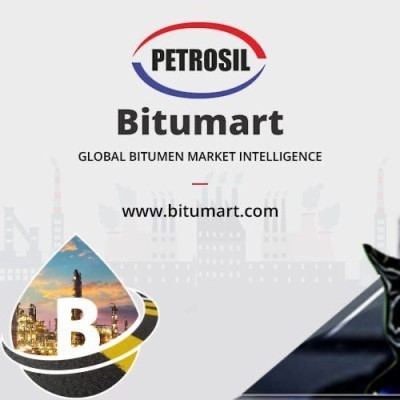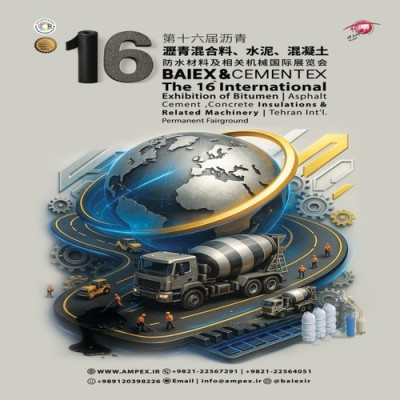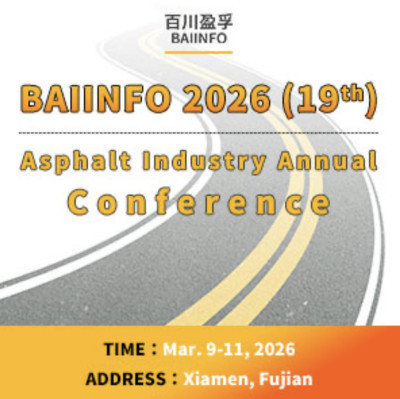According to WPB, in late 2025, the announcement of increased bitumen production and export capacity in Azerbaijan gained notable attention within regional commercial networks, particularly among suppliers, traders, and infrastructure planners across the Middle East. While Azerbaijan is not the world’s largest producer of bitumen, its geographic position, logistical accessibility, and political stability give its production an influence that extends beyond its size. The rise in output must therefore be assessed not merely as a domestic industrial achievement but as a meaningful development with consequences for regional supply chains, pricing dynamics, competitive equilibria, and long-term infrastructure strategies in neighbouring countries. Iran and the United Arab Emirates, especially Dubai as a commercial hub, stand among the most exposed to shifts originating from the Caucasus. The Middle East as a whole, with its diverse but interconnected bitumen markets, will inevitably experience a ripple effect as Azerbaijan’s strategic orientation evolves.
Azerbaijan’s expansion reflects a broader national objective to elevate downstream petroleum products in its export portfolio. Bitumen, once a minor commodity for the country, has matured into a targeted growth sector supported by refinery modernization and efficiency improvements. These reforms enable higher volumes, more stable quality grades, and more competitive pricing in regional markets. Because the country’s logistical routes through the Caspian Sea and overland corridors are increasingly integrated with Eurasian trade networks, exported bitumen from Azerbaijan can reach destinations in the Caucasus, Central Asia, Eastern Europe, and parts of the Middle East with relative ease. This emergence of Azerbaijan as a more confident bitumen supplier carries implications for trade flows traditionally dominated by Iran and, in re-export and blending form, by the UAE.
For Iran, the effect is complex. Iran has historically been one of the major bitumen exporters globally, especially in penetration-grade bitumen used widely in road construction. The country’s geographic proximity to both the Caucasus and the Persian Gulf has allowed it to serve diverse markets ranging from South Asia to East Africa. Azerbaijan’s increased production does not threaten Iran’s dominance in volume, but it introduces marginal competitive pressure in specific niches. Some countries that border the Caspian Sea or lie along north–south trade routes may find Azerbaijani bitumen more logistically convenient, reducing transportation costs. Even slight shifts in buyer preference—motivated by freight savings, shorter delivery windows, or political ease—can influence Iran’s export strategy. The larger concern is not a major displacement of market share but a gradual erosion of certain profitable corridors where Iran has historically enjoyed strong demand. Azerbaijan’s stable political relations with several regional partners can also streamline contract negotiations, whereas Iran’s geopolitical constraints sometimes complicate financial interactions for certain buyers.
Iran’s domestic market faces indirect effects as well. Increased regional supply tends to restrain prices, and although Iran benefits from low production costs, competitive pressures can limit upward pricing flexibility. This is particularly relevant in periods when Iranian producers seek to maximize export revenue to balance domestic production expenses. At the same time, Iranian bitumen producers may view Azerbaijan’s expansion as an incentive for further technological upgrades. Improved refining processes, upgraded distillation units, and diversification into polymer-modified bitumen could help Iranian suppliers remain competitive despite the increased availability of alternative sources.
From this perspective, Azerbaijan’s growth could indirectly stimulate innovation in Iran’s bitumen sector, pushing it toward higher performance products rather than relying solely on volume-based strategies.
For Dubai and the broader UAE, the implications differ in nature. Dubai functions primarily as a trading, blending, storage, and re-export center, not a major producer of bitumen. Its commercial success relies on its role as an international logistics hub with sophisticated port facilities, flexible financial systems, and strong connections to African and Asian buyers. Increased Azerbaijani output introduces a new source of supply that traders in Dubai may incorporate into their operations. Rather than undermining Dubai’s role, Azerbaijan’s expansion could potentially enhance it, as more supply options allow traders to construct more diverse blend profiles, optimize margins, and tailor products to specific export destinations. The main competitive effect emerges not against Dubai’s trading function but against certain suppliers whose product becomes easier to bypass if buyers find Azerbaijani grades more consistently available.
However, Dubai may experience pricing pressure in re-export markets that rely on bitumen sourced from multiple origins. If Azerbaijani bitumen enters the market with aggressive pricing strategies, traders in Dubai may need to adjust their blending formulas or sourcing patterns to maintain their traditional customer base. For example, African buyers who evaluate shipments primarily on the basis of price and delivery reliability might shift toward cargoes that incorporate Azerbaijani supply chains, whether routed directly or indirectly through transshipment points. Even so, Dubai’s logistical advantages are so substantial that it remains unlikely for Azerbaijan’s rise to diminish the UAE’s commercial importance. Instead, the UAE may increasingly serve as a redistribution platform for Azerbaijani material, especially if bottlenecks or seasonal constraints appear along non-Gulf trade routes.
The broader Middle East, encompassing countries as varied as Iraq, Turkey, Bahrain, Saudi Arabia, Oman, and Jordan, will experience the consequences of Azerbaijan’s bitumen expansion in varied degrees. Countries located geographically closer to Azerbaijan, such as Turkey and Iraq, are positioned to experience the most immediate effects. Turkey in particular may benefit from greater supply flexibility. Its massive and continuous infrastructure development projects require steady inflows of bitumen, and an additional source of imported material gives it greater leverage in price negotiations. In northern Iraq, particularly in the Kurdistan region, Azerbaijani bitumen could become an attractive alternative where transport costs are decisive. In such cases, Iranian exporters could face competition in corridors where they previously held a strong advantage through land linkage and competitive pricing.
In the Gulf region, the expansion may generate a counterintuitive result. Even though Azerbaijan is located far from the Arabian Peninsula, increased supply in the broader region tends to influence global price benchmarks. Countries like Bahrain and Saudi Arabia with domestic refining capacity will monitor these shifts closely. When regional supply grows, buyers often diversify procurement to stabilize cost structures, pushing Gulf producers to refine their own pricing strategies. While the Gulf’s production scale and operational maturity make it relatively resistant to displacement, the Middle East as a whole is sensitive to any recalibration of trade routes, even small ones, given the high volume of road construction projects underway.
An often-overlooked aspect of Azerbaijan’s rise is the geopolitical neutrality it can offer to certain buyers. Some countries prefer to avoid supply chains that carry geopolitical risk, and Azerbaijan’s internationally integrated energy sector provides an alternative that appears safe, predictable, and diplomatically uncomplicated.
This characteristic can play a role in markets where procurement policies favour diversified sources. For countries in the Middle East that seek to balance supply from Iran, the UAE, and other producers, Azerbaijan becomes a useful addition to their procurement portfolios. While not large enough to dominate, it may allow certain governments to secure long-term contracts with more favourable terms or create buffers during periods of volatility.
Environmental considerations are also beginning to influence procurement decisions throughout the Middle East. If Azerbaijan continues modernizing its refining facilities with efficiency-oriented upgrades, it may produce bitumen with improved emissions profiles. This could appeal to buyers in countries where environmental regulations are tightening. Iran and Gulf producers would need to consider how to position their own materials in a market that is slowly but steadily becoming more sensitive to sustainability metrics, especially in high-profile projects such as smart cities, tourism complexes, and large-scale highway expansions.
Ultimately, the increase in Azerbaijani bitumen production does not radically shift the balance of power in Middle Eastern bitumen markets. Iran remains a major exporter with cost advantages and extensive experience. Dubai remains a dominant commercial hub. Gulf producers retain large-scale refining capacity and stable long-term markets. Nevertheless, Azerbaijan’s growth introduces subtle but meaningful changes. It creates additional supply, places modest downward pressure on prices, increases competitive tension in specific corridors, strengthens logistical flexibility for nearby buyers, and influences the strategic calculus of producers and traders in Iran and the UAE. Most importantly, it symbolizes a trend toward greater diversification in a region long shaped by a limited number of dominant suppliers.
Looking ahead, Azerbaijan’s success may encourage other smaller producers in the Caspian region to elevate their own downstream capacities. This could gradually reshape the regional landscape, creating a more complex and multilayered market environment where influence is dispersed rather than concentrated. For stakeholders across Iran, Dubai, and the Middle East, the present moment is therefore not merely a temporary fluctuation but a signal that bitumen markets are entering a new phase characterized by diversification, competition, and evolving trade geography. The challenge now is to adapt strategically, ensuring that national industries remain resilient and economically advantageous as regional supply chains reconfigure around a more distributed set of producers.
By WPB
Bitumen, News, Geopolitical, Expanding Bitumen, Middle East

